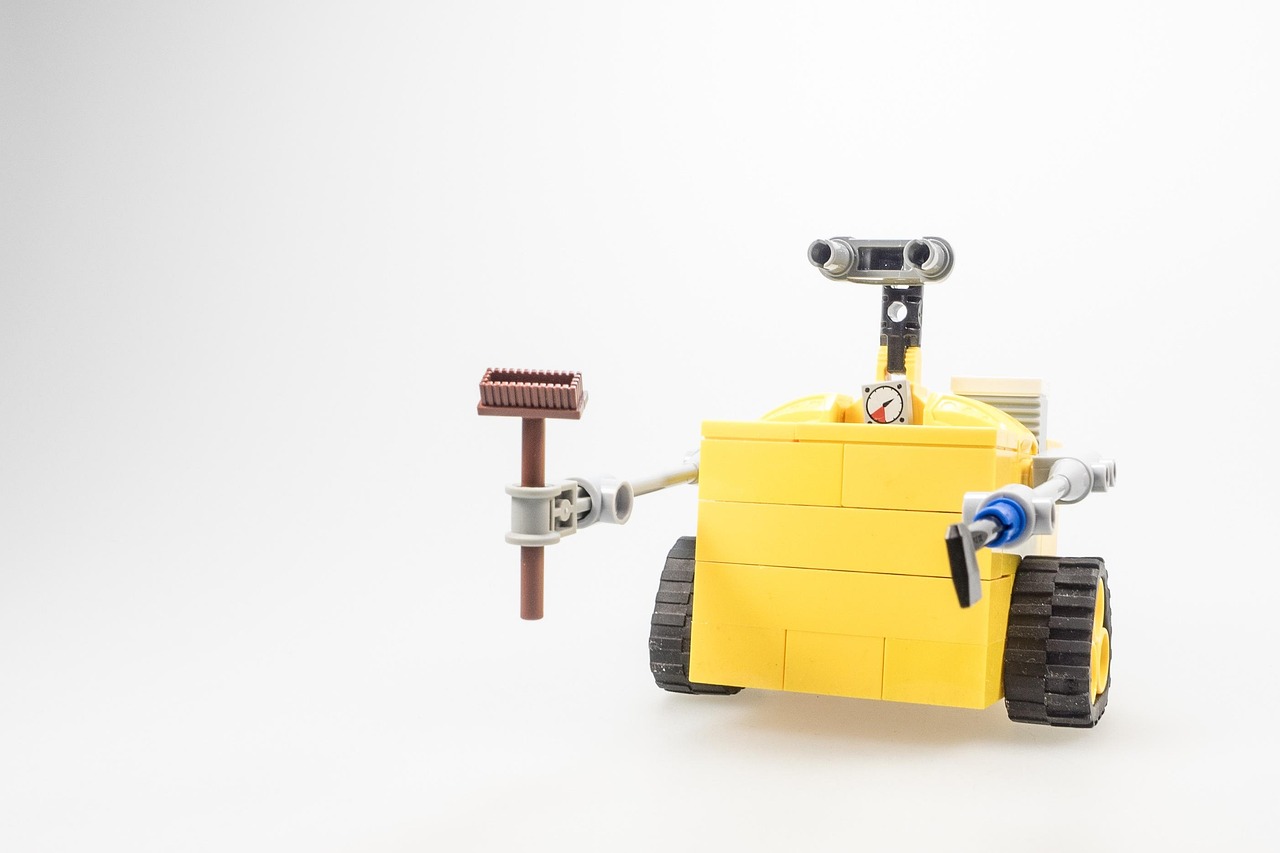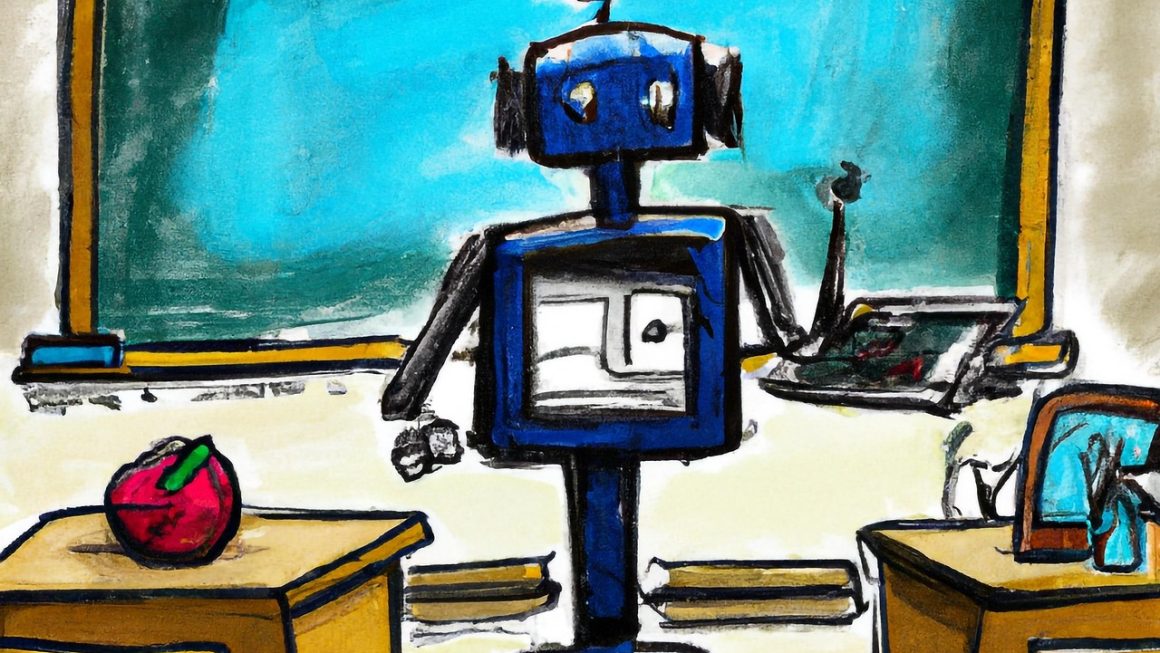Image classification, a cornerstone of computer vision, is rapidly transforming how machines perceive and interact with the visual world. From automatically tagging photos on social media to enabling self-driving cars to navigate complex environments, this technology is revolutionizing various industries. This article dives deep into the mechanics, applications, and future of image classification, offering a comprehensive understanding for both beginners and seasoned professionals.
Understanding Image Classification
What is Image Classification?
Image classification is the process of assigning a category or label to an image based on its visual content. Think of it as teaching a computer to recognize objects, scenes, and even abstract concepts within images. It’s a fundamental task in computer vision that allows machines to “see” and interpret the world around them.
- Input: An image (digital file).
- Process: Analysis of the image’s pixels and features using algorithms.
- Output: A category label (e.g., “cat,” “dog,” “car,” “beach”).
How Image Classification Works: A Simplified Overview
At its core, image classification relies on machine learning algorithms, particularly deep learning models like Convolutional Neural Networks (CNNs). These models learn to identify patterns and features in images through a process called training.
Different Types of Image Classification
Image classification tasks can be categorized based on the number of labels an image can have and the level of detail required.
- Binary Classification: Images are categorized into one of two classes (e.g., “cat” vs. “not cat”).
- Multi-class Classification: Images are categorized into one of several classes (e.g., “dog,” “cat,” “bird,” “fish”).
- Multi-label Classification: Images can be assigned multiple labels simultaneously (e.g., an image can be labeled as both “beach” and “sunset”).
- Object Detection: Involves identifying and locating multiple objects within an image, drawing bounding boxes around them.
- Image Segmentation: Dividing an image into regions corresponding to different objects or parts of objects.
Popular Image Classification Algorithms
Convolutional Neural Networks (CNNs)
CNNs are the workhorse of modern image classification. Their architecture is specifically designed to process image data efficiently.
- Key Features:
Convolutional Layers: Extract features from the image using filters.
Pooling Layers: Reduce the dimensionality of the feature maps, making the model more robust to variations in scale and orientation.
Activation Functions: Introduce non-linearity, allowing the model to learn complex patterns.
Fully Connected Layers: Classify the image based on the extracted features.
- Examples of CNN Architectures:
LeNet-5: One of the earliest CNNs, used for handwritten digit recognition.
AlexNet: A deeper CNN that achieved breakthrough performance in the ImageNet competition.
VGGNet: Characterized by its use of small convolutional filters.
ResNet: Introduced residual connections to overcome the vanishing gradient problem in very deep networks.
Inception/GoogLeNet: Utilizes inception modules to learn features at multiple scales.
Transfer Learning
Transfer learning involves using a pre-trained model (trained on a large dataset like ImageNet) and fine-tuning it for a specific task.
- Benefits:
Reduced Training Time: Significantly faster than training a model from scratch.
Improved Performance: Often achieves better results, especially when the dataset is small.
Less Data Required: Can work effectively with limited data.
- How it Works:
1. Load a pre-trained model (e.g., ResNet, Inception).
2. Freeze the early layers (which have learned general features).
3. Replace or fine-tune the final layers for your specific classification task.
Other Algorithms
While CNNs dominate, other algorithms are sometimes used, particularly for simpler tasks or as part of a hybrid approach.
- Support Vector Machines (SVMs): Effective for binary and multi-class classification tasks, especially when combined with feature extraction techniques.
- K-Nearest Neighbors (KNN): A simple algorithm that classifies an image based on the majority class of its nearest neighbors.
- Decision Trees and Random Forests: Can be used for image classification, but often less accurate than CNNs for complex tasks.
Applications of Image Classification
Image classification is transforming numerous industries and applications.
Healthcare
- Medical Image Analysis: Detecting diseases like cancer from X-rays, MRIs, and CT scans. For example, classifying mammograms as benign or malignant with high accuracy.
- Diagnosis Assistance: Helping doctors make faster and more accurate diagnoses.
- Drug Discovery: Identifying potential drug targets based on cellular images.
Retail
- Product Recognition: Identifying products on shelves for inventory management and automated checkout systems. Imagine a store where you simply walk out with your groceries, and the system automatically identifies and charges you for the items.
- Customer Behavior Analysis: Analyzing customer traffic and interactions in stores.
- Visual Search: Allowing customers to search for products using images.
Autonomous Vehicles
- Object Detection and Recognition: Identifying pedestrians, vehicles, traffic signs, and other obstacles. Critical for safe navigation.
- Lane Detection: Recognizing lane markings to stay within designated lanes.
- Traffic Light Recognition: Interpreting traffic light signals.
Agriculture
- Crop Monitoring: Identifying plant diseases and pests from aerial images.
- Yield Prediction: Estimating crop yields based on image analysis.
- Precision Farming: Optimizing irrigation and fertilization based on plant health.
Security and Surveillance
- Facial Recognition: Identifying individuals in surveillance footage.
- Anomaly Detection: Identifying suspicious activities in security cameras.
- Object Tracking: Following the movement of objects of interest.
Building an Image Classification Model: A Practical Guide
Data Collection and Preparation
The quality and quantity of data are crucial for training an accurate image classification model.
- Data Sources:
Public Datasets: ImageNet, CIFAR-10, MNIST, Fashion-MNIST.
Private Datasets: Data collected specifically for your application.
Web Scraping: Gathering images from the internet (ensure compliance with copyright regulations).
- Data Augmentation: Increasing the size and diversity of the dataset by applying transformations to existing images (e.g., rotations, flips, zooms, color adjustments).
- Data Cleaning: Removing noisy or irrelevant images. Ensuring data consistency and accuracy.
- Data Splitting: Dividing the dataset into training, validation, and test sets. A typical split is 70% training, 15% validation, and 15% test.
Model Selection and Training
Choosing the right model and training it effectively are essential steps.
- Model Selection: Consider the complexity of the task and the size of the dataset. Start with simpler models and gradually increase complexity if needed. Use transfer learning with a pre-trained model for a quicker and more accurate start.
- Hyperparameter Tuning: Optimizing hyperparameters like learning rate, batch size, and the number of epochs. Techniques like grid search or random search can be used.
- Regularization: Preventing overfitting by adding penalties to the model’s complexity (e.g., L1 or L2 regularization).
- Monitoring Performance: Tracking metrics like accuracy, precision, recall, and F1-score during training. Use the validation set to evaluate performance and adjust hyperparameters.
- TensorBoard: Tool that allows you to visualize the training process.
Evaluation and Deployment
Assessing the model’s performance and deploying it for real-world use are the final steps.
- Evaluation Metrics: Choose appropriate metrics based on the specific task. Accuracy is a common metric, but precision, recall, and F1-score are important for imbalanced datasets.
- Confusion Matrix: Provides a detailed breakdown of the model’s performance, showing the number of correct and incorrect classifications for each class.
- Deployment Options:
Cloud-based APIs: Services like Google Cloud Vision API, Amazon Rekognition, and Microsoft Azure Computer Vision.
Edge Devices: Deploying the model on devices with limited resources (e.g., smartphones, embedded systems).
Web Applications: Integrating the model into a web application.
- Continuous Monitoring: Monitoring the model’s performance in production and retraining it with new data as needed.
The Future of Image Classification
Image classification is a rapidly evolving field with exciting advancements on the horizon.
- Increased Accuracy: Researchers are constantly developing new algorithms and techniques to improve the accuracy of image classification models.
- Improved Efficiency: Reducing the computational cost of image classification models, making them more suitable for deployment on edge devices.
- Explainable AI (XAI): Developing methods to understand and interpret the decisions made by image classification models.
- Self-Supervised Learning: Training models on unlabeled data, reducing the reliance on large labeled datasets.
- Generative Adversarial Networks (GANs): Using GANs to generate synthetic images for data augmentation and to improve the robustness of image classification models.
- Applications in New Industries: Expanding the use of image classification to new industries, such as environmental monitoring, robotics, and virtual reality.
Conclusion
Image classification is a powerful and versatile technology with numerous applications across various industries. By understanding the fundamentals, exploring different algorithms, and following best practices for building and deploying models, you can leverage image classification to solve real-world problems and unlock new opportunities. As the field continues to advance, staying informed about the latest developments will be crucial for staying ahead of the curve and harnessing the full potential of image classification.




